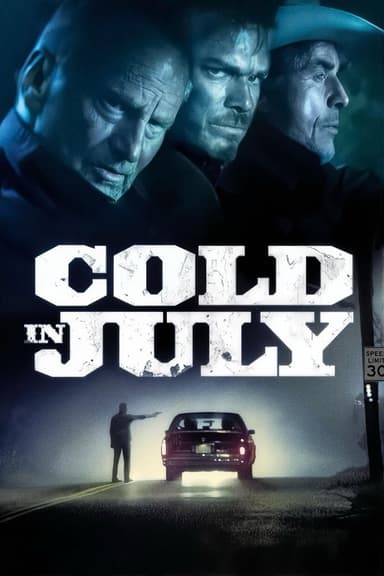
A Single Shot
2013 • Crime, Drama, Thriller • R
The tragic death of a beautiful young girl starts a tense and atmospheric game of cat and mouse between hunter John Moon and the hardened backwater criminals out for his blood.
Runtime: 1h 56m
Why you should read the novel
Matthew F. Jones’s novel, A Single Shot, offers a harrowing and immersive experience shaped by meticulous character development and an unflinching depiction of rural isolation. The book delves much deeper into the psychological turmoil faced by the protagonist, providing readers with intimate access to his guilt, paranoia, and moral dilemmas. This immediacy heightens suspense and empathy in ways only prose can achieve, surpassing the surface-level drama of film adaptations.
Readers will appreciate Jones’s masterful command of language, which evokes the bleakness of the setting and the internal chaos of its characters. The novel slowly unpacks layers of tension, gradually revealing underlying themes of desperation, regret, and human frailty. Such subtleties are often lost or abbreviated on screen but stand vivid in Jones’s textured, contemplative narrative.
Choosing the novel over the movie allows for a longer, more meaningful engagement with the story’s atmosphere and stakes. Instead of passively witnessing the events in under two hours, readers can dwell in the chilling, emotionally complex world the author has created, discovering nuances and insights that make A Single Shot a truly memorable literary journey.
Adaptation differences
The film adaptation of A Single Shot stays relatively faithful to the book’s basic plot: a hunter accidentally kills a woman and is subsequently trapped by fear and guilt as he tries to cover up his actions. However, the movie streamlines and sometimes simplifies the internal monologues and backstories that are thoroughly explored in Matthew F. Jones’s novel. The protagonist, John Moon, is less fleshed out onscreen; much of his turmoil and memories are depicted through sparse visuals or silent expressions, whereas the book immerses readers in his troubled psyche through detailed narration.
Another main difference lies in the supporting cast and their roles. The novel offers deeper insight into secondary characters and their connections to John, painting a more intricate social fabric within the rural community. In the film, several side characters are trimmed down, and their motivations or relationships with John are left ambiguous or less developed. This changes the dynamic and makes the movie feel more isolated and narrowly focused.
In terms of structure, the pacing also diverges; the book’s narrative unfolds gradually, building tension over time and providing space for reflection and suspense. The film, on the other hand, condenses events for dramatic impact. Some subplots or side sequences are omitted or altered in order to maintain momentum, which occasionally leads to a loss of atmospheric buildup and character depth found in the novel.
Finally, the tone and resolution differ subtly between mediums. Jones’s novel ends on a more ambiguous and introspective note, leaving readers with haunting questions about fate and culpability. The movie, while dark, tends to offer a more visually explicit and finite resolution. This variance affects the ultimate emotional impact, with the novel lingering longer in the reader’s mind due to its nuanced approach to tragedy and redemption.
A Single Shot inspired from
A Single Shot
by Matthew F. Jones










